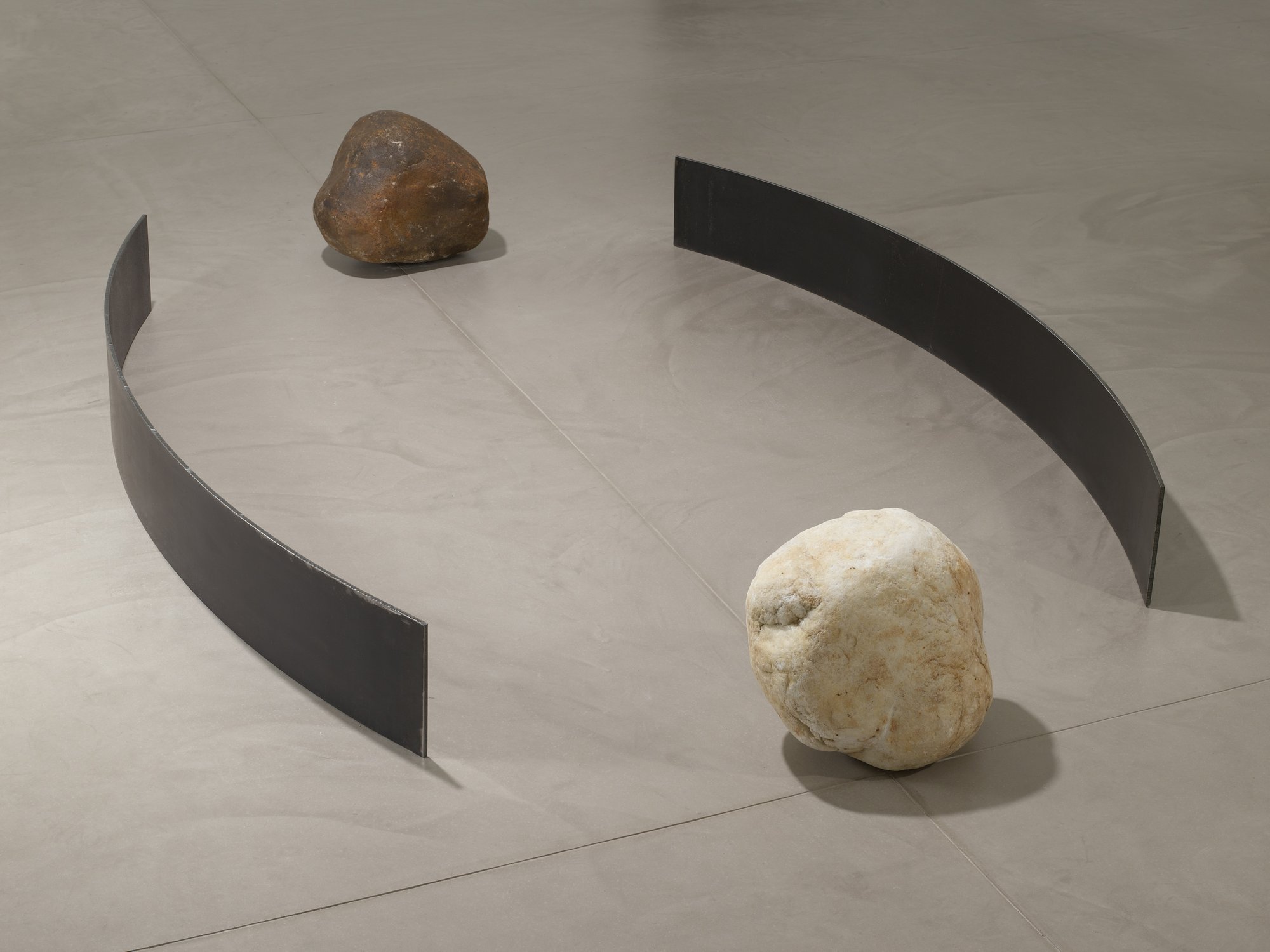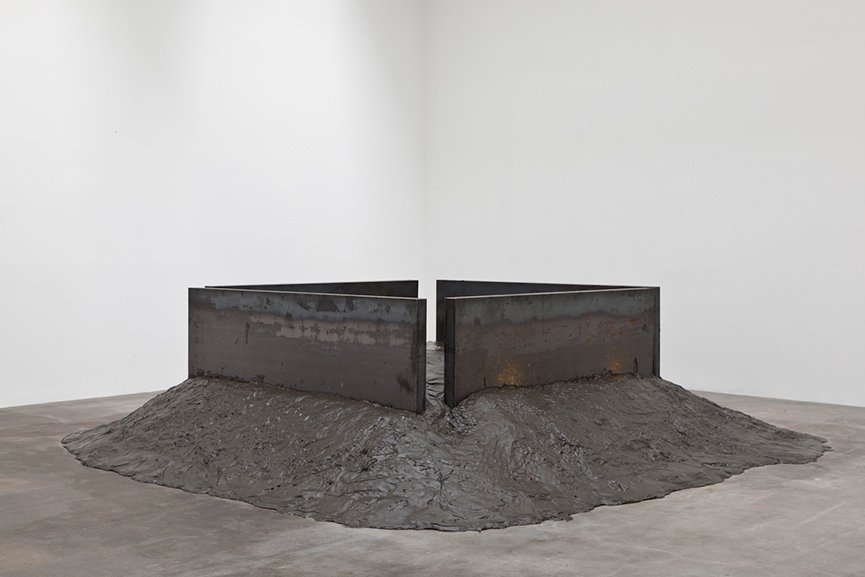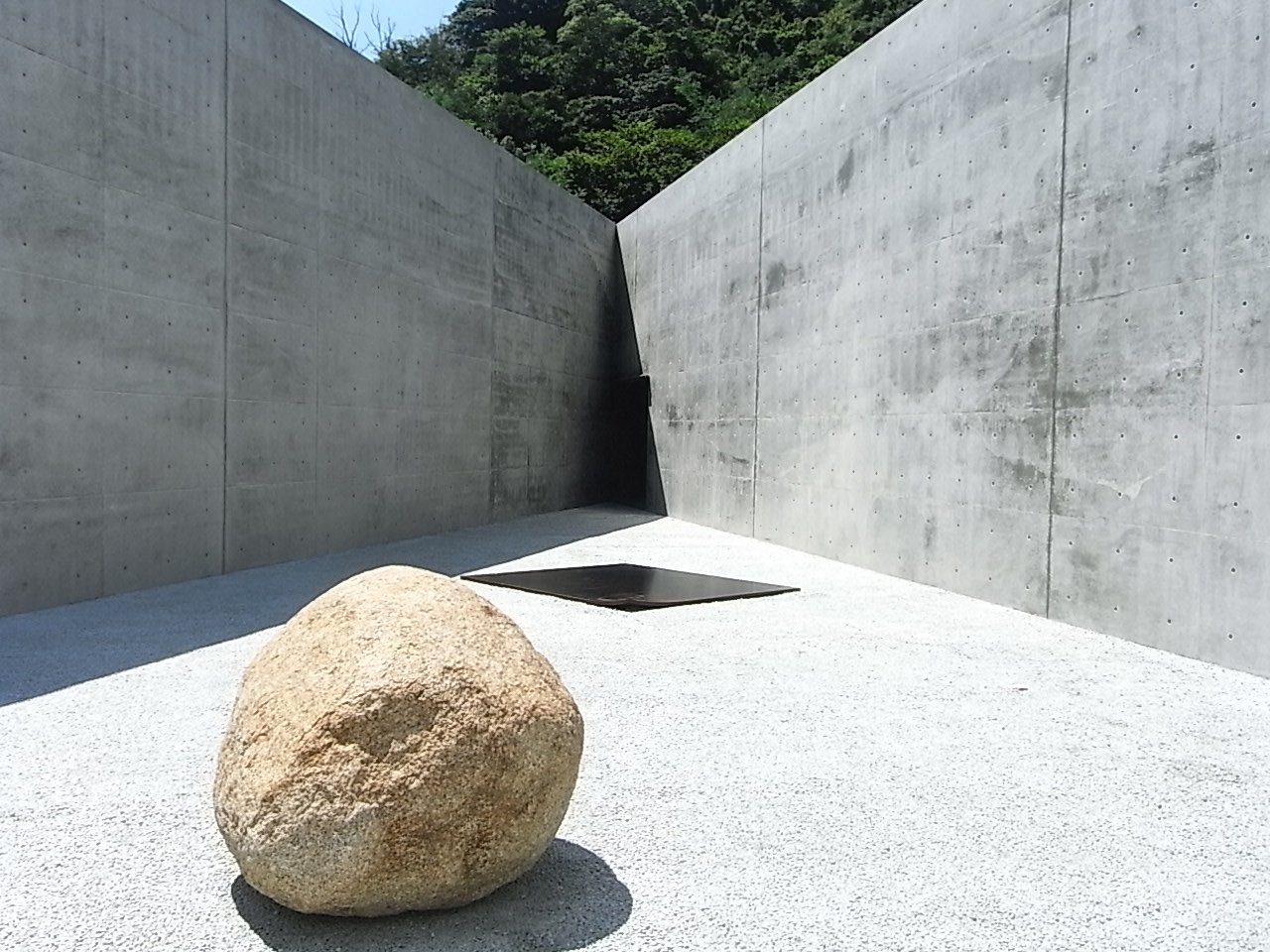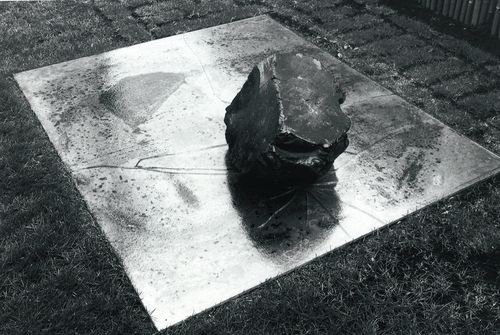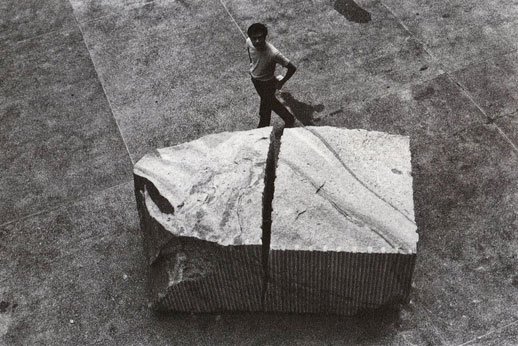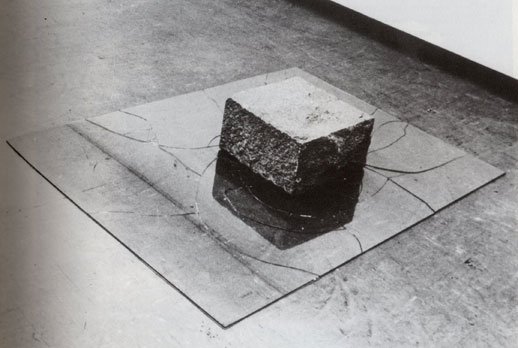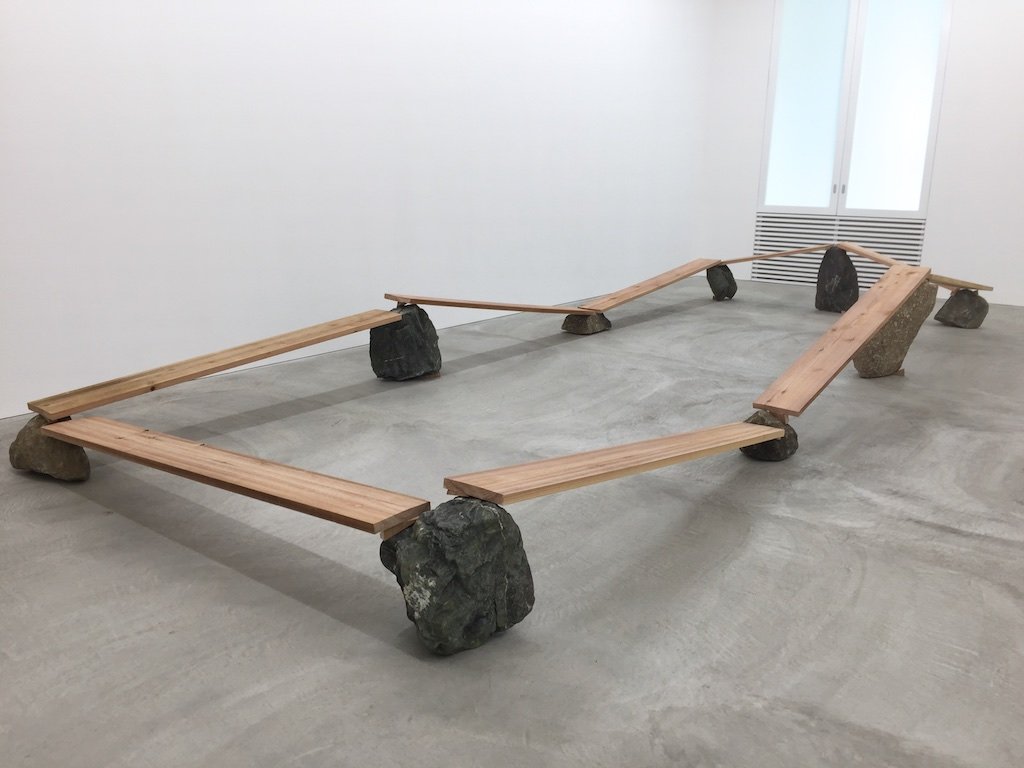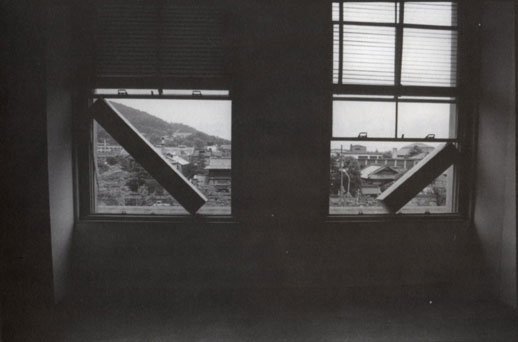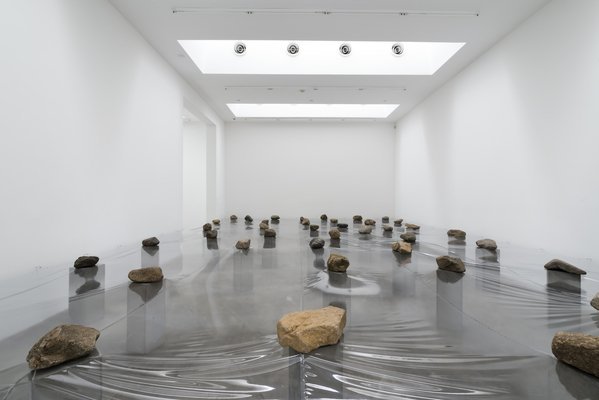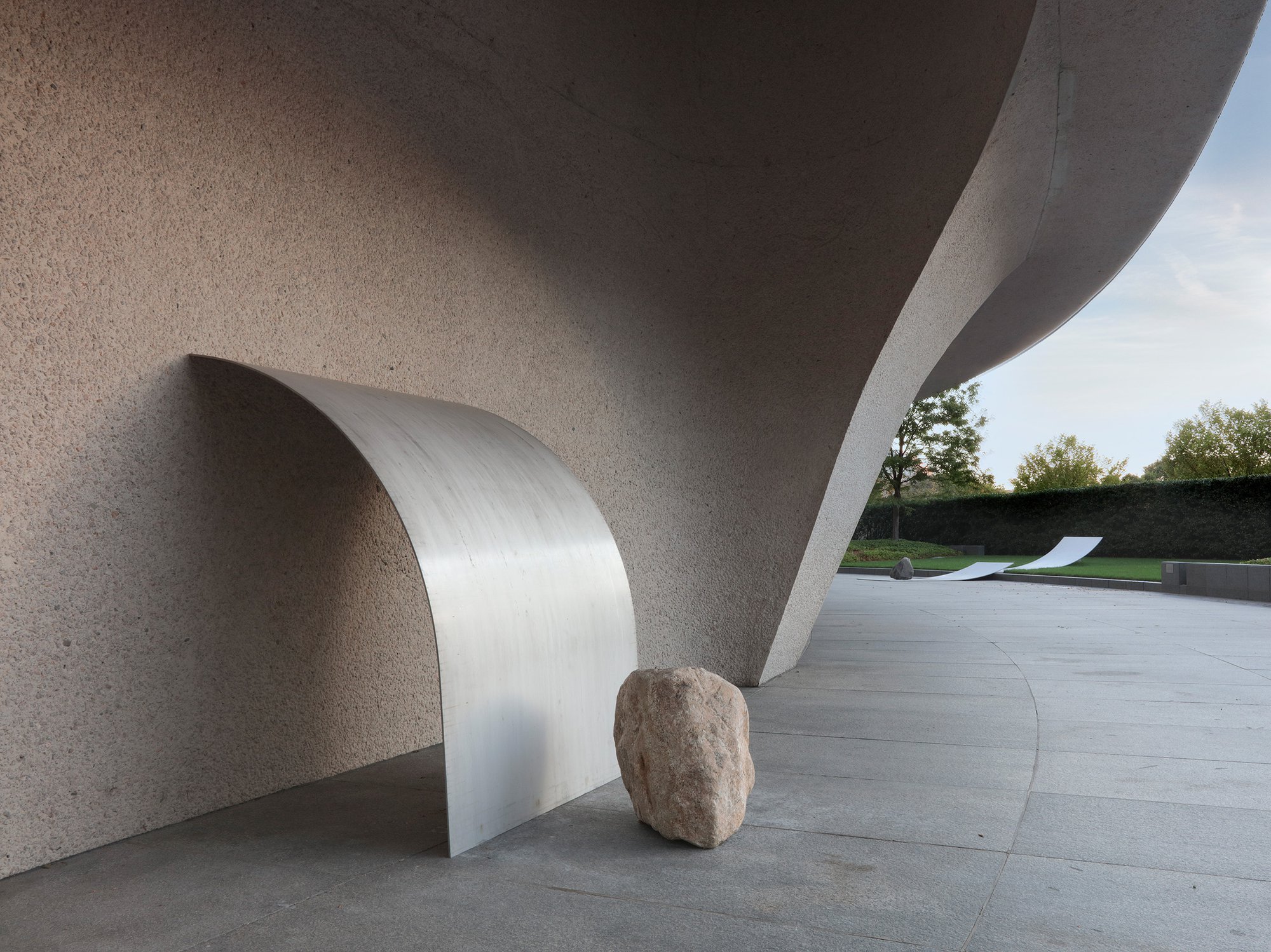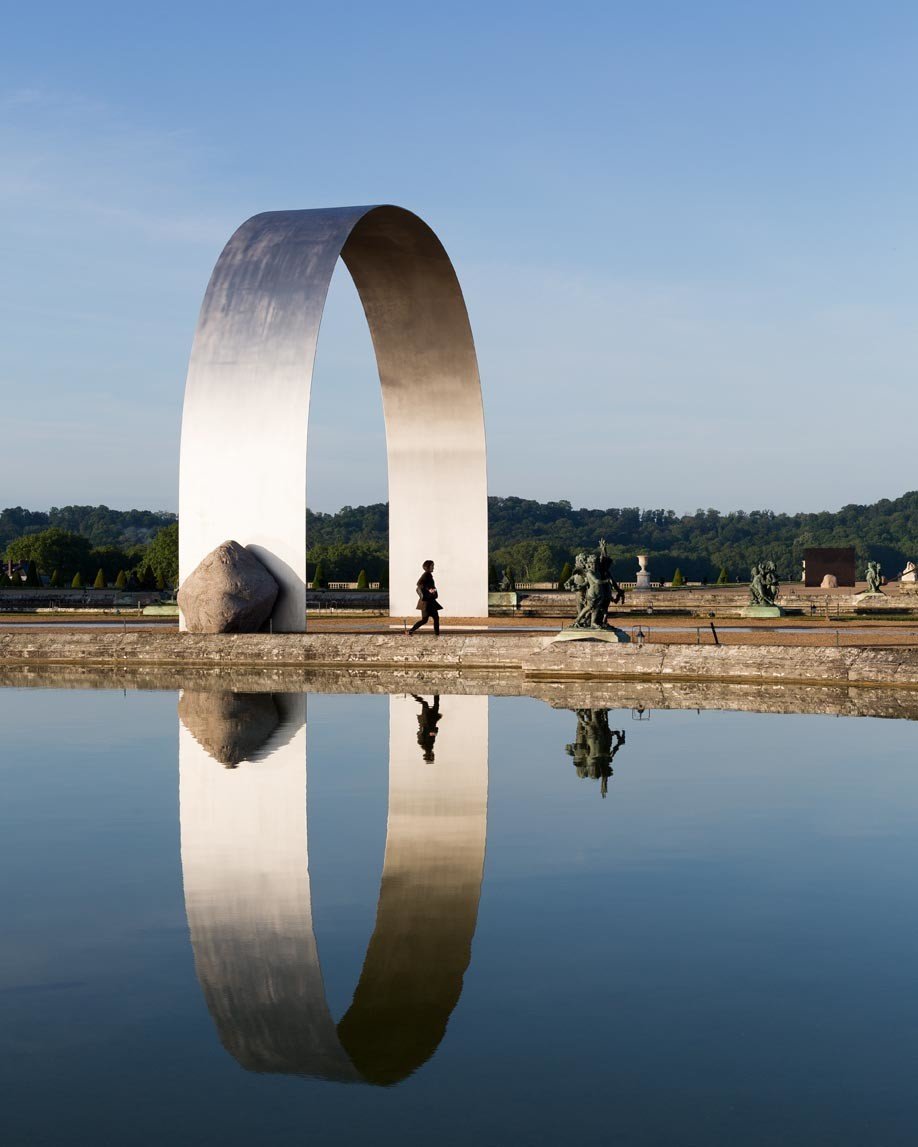MONO-HA: the ‘school of things’
Mono-ha (もの派) refers to an artistic movement spearheaded by Japanese and Korean artists in the late 1960’s and early 1970s. While it still exists today and certain members of the movement have achieved international acclaim, it remains surprisingly unknown in spite of the large impact it has left on modern Japanese art.
With an emphasis on the use of both natural and manmade materials, Mono-ha artists brought together various objects in a largely unaltered state – allowing each ‘thing’ to speak for itself. As such, there was less focus on ‘creation’ but rather on ‘rearranging’ existing objects into an artwork. The exhibition space, whether outdoors or in a gallery, therefore also became an instrumental element of these works. The interaction between the space and the objects was itself part of the work. These artworks push audiences to reevaluate the way they interpret the space around them and to reassess the value of seemingly ordinary materials.
The movement was born out of the tense socio-political climate in Japan around 1970. With growing social outcry over potential extension of the controversial US-Japan security treaty, there was a growing mistrust of the US amongst Japanese youth. By choosing to explore these static installations that went against the grain of largely dynamic trends in Western modern art – the Mono-ha artists were joining in a growing rejection of Western ideals. Many of the thought processes behind Mono-ha became staples of a more clearly defined ‘Japanese’ philosophy in the postwar period.
While there was never an official collective, the loose moniker of ‘Mono-ha’ came to refer to artist such as Lee Ufan, Nobuo Sekine, Katusro Yoshida and others. While originally intended to be a derogatory name assigned to them by more traditionalist Japanese artists, the term caught on and is today a commonplace term used in reference to the style.
In this post, we’ve curated some of the most visually striking Mono-ha artworks from throughout the decades. For anyone interested, there is also an incredible Lee Ufan exhibit being shown at the National Art Center in Nogizaka until November 7th.
